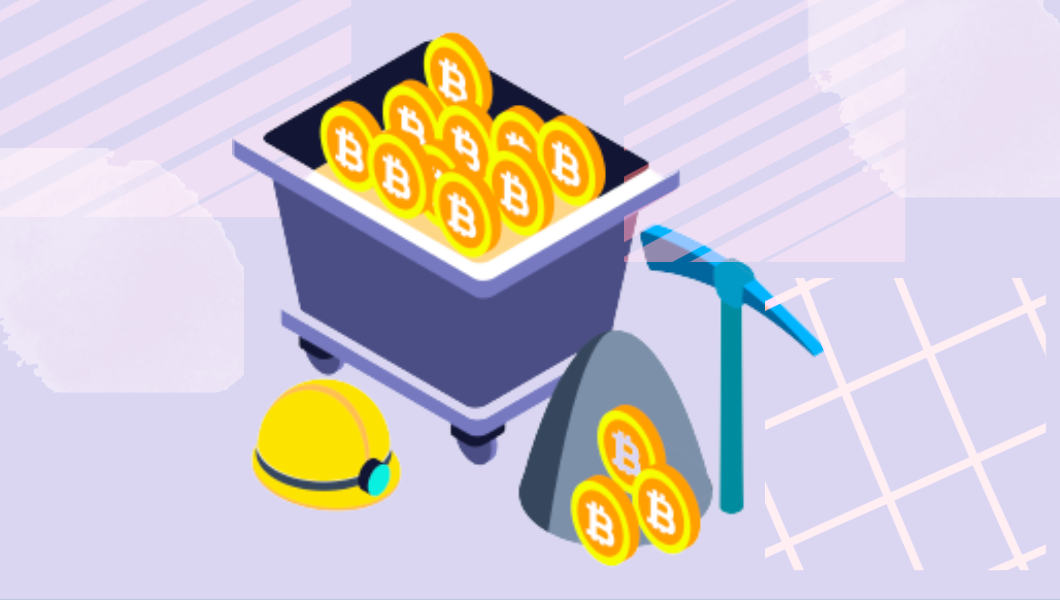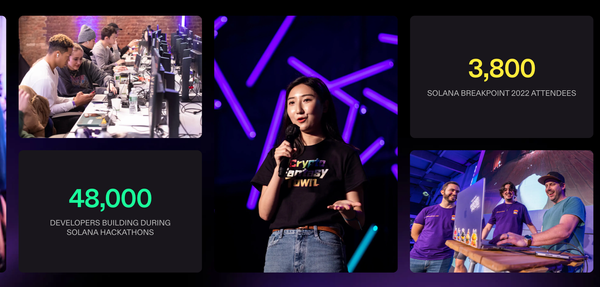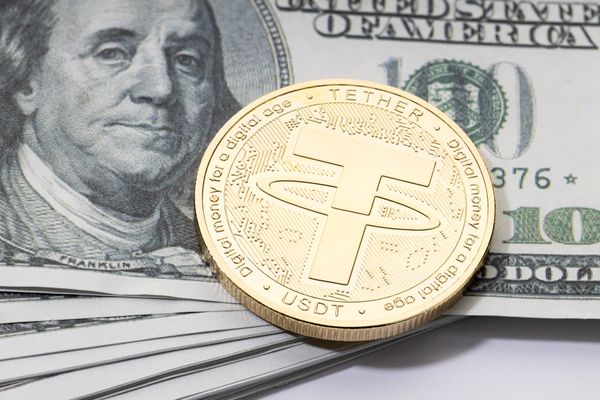What is Bitcoin Mining?

Bitcoin has been dubbed digital gold since there are only a fixed number of 21 Million bitcoins, making it a scarce asset. Another similarity that bitcoin shares with gold is that new coins have to be mined from the digital blockchain network.
There exists a fixed total of 21 Million bitcoin and as of 2021, a total of about 18.5 Million bitcoin have been mined.
The discovery and subsequent rushes and mining of gold stimulated the world's economy and led to increased trade and development across the world. This led to gold becoming the standard for exchanging goods across and between nations. The gold standard then led the way to a fiat standard with the US Dollar being adopted as the universal currency.
Fiat money is backed and controlled by the government and hence is technically prone to manipulation. This fact became a particular cause of concern following the financial collapse of 2008.
An anonymous inventor who goes by the name Satoshi Nakomoto invented the Bitcoin, by leveraging the blockchain and cryptography technologies, as an answer to the concerns over fiat money. Bitcoin, he argues is pristine, decentralized money that cannot be controlled, and therefore cannot be manipulated, by any entity. The total number of bitcoins was always fixed at 21 Million, each bitcoin has to be mined and the mining supply was controlled by halving events that occurred every four years.

Gold Mining
Some accounts put the earliest gold mining at around 4500 BC, or in other words, the first ever gold was mined some 7000 years ago. This was followed by gold being mined by various kingdoms across the world.
The next significant milestone in gold mining were the gold rushes in the 18th and 19th centuries. During this time, gold was discovered in several places and people rushed to these places and some found instant riches. This period saw people migrating in search of gold and some made it really big and found great wealth. The gold rush also hugely stimulated the economy by increasing migration, global trade and exchange.
Gold itself was initially used as a medium of exchange in trade and eventually became to be known as a universal store of value.
While individuals made the move to find riches during the gold rush period, mining became increasingly difficult and was taken over by companies that used sophisticated industrial equipment. Also, initial mining operations were hazardous to the nature, but subsequent advancement in mining equipment and techniques made it more efficient and environment friendly.
Bitcoin Mining
True to its being dubbed digital gold, bitcoin's mining trajectory has eerie similarities to its precursor gold's mining trajectory. The first bitcoin was mined by Satoshi Nakamoto, as a block of 50 coins, in 2009. The initial days of bitcoin mining saw techies mining bitcoins on their laptops, with ease and several of them who held on to the coins went on to becoming rich.
Satoshi Nakamoto has set it up such that as the coins get mined, it becomes progressively more difficult to mine new coins.
In addition to making it progressively difficult to mine a bitcoin, Satoshi has also set up halving events that occur once every 4 years until all the bitcoins have been mined. The significance of the halving event is that the mining reward is cut by half after every halving event.
How do I mine a Bitcoin?
Bitcoin mining is a 2-step process.
Step 1: Verify transactions in the blockchain
The first step in mining a bitcoin is to perform some work. Miners typically verify 1 MB worth of transactions.
Miners have to verify "blocks" of transactions, which are then added to the blockchain. The blockchain is a public chain with a distributed ledger. This ledger has to be updated with every transaction that is being performed on the blockchain and it is the job of the miners to verify new transactions, add blocks of verified transactions to the chain and thereby keep the chain up to date.
Miners perform the important task of adding verified transactions in blocks of 1 MB to the chain thereby keeping the distributed ledger up to date at all times.
Several miners will be performing the same transaction verifications, similar to multiple miners searching for gold. So, while performing the work of verifying transactions is a required step to mining a bitcoin, since multiple miners are performing the same work, not all of them will receive the reward in the form of bitcoin. Which miner will successfully mine the bitcoin will depend on Step 2.
Step 2: Submit proof of the work done
The second step to mining a bitcoin is to submit proof that you have performed the work required to mine the bitcoin. Hence it is said that bitcoin uses the proof of work algorithm to verify transactions.
Satoshi Nakamoto has designed it such that the miners have to solve a numerical problem as proof of the work performed in step 1. You can think of this as something similar to the captcha challenge that is used to determine if the user is human.
In addition to performing the work of performing the work, miners solve a numerical problem and the first miner to solve the problem will receive the bitcoin as reward.
Hashrate
The numerical problem that miners are required to solve is to guess a 64-digit hexadecimal number. Since there are trillions of options to guess a 64-digit number, miners will require powerful computers that can do the guessing. Also, as multiple miners are trying to get the reward, the computers guessing the number will also need to do so quickly. Hashrate is the computational power of the computer equipment used in the mining process.
Mining Rewards
A miner who successfully verifies a block of transactions and is the first to solve the numerical problem by guessing the hexadecimal number will be eligible for the mining reward, also known as the block reward.
Satoshi Nakamoto has designed it such that the block reward is reduced by half after every halving event (every 4 years)
- 2009 - The initial reward at the beginning was 50 bitcoins
- 2012 - The reward was reduced to 25 bitcoins
- 2016 - The reward was reduced to 12.5 bitcoins
- 2020 - The reward was reduced to 6.25 bitcoins
Mining Difficulty
Bitcoin mining has become progressively difficult and as of 2020, it requires 72 Terawatts of computing power to mine a bitcoin in 10 minutes.
Mining Companies
Given the complexity of computing hardware required to mine a bitcoin, it is no longer feasible for individuals to mine bitcoins. Severals companies have set up bitcoin mining facilities and bitcoin mining is currently a profitable business for these companies. Some of the most successful bitcoin mining companies are RIOT Blockchain, Marathon Patent Group, Hive Blockchain Technologies and Canaan.
Bitcoin Mining FAQ
1. Is Bitcoin Mining legal?
Bitcoin mining is a perfectly legal activity in most parts of the world including the USA. Countries like Algeria, Egypt and Morocco.
2. What are mining pools?
As the computing power need to mine bitcoin increases, thereby increase the cost to mine coins, the miners tend to pool their resources and create mining pools that can collectively mine bitcoins.
3. How many bitcoins are mined in a day?
On an average 144 blocks are mined per day. As of 2021, the mining reward per block is 6.25, so, a total of 900 bitcoins are mined per day.




